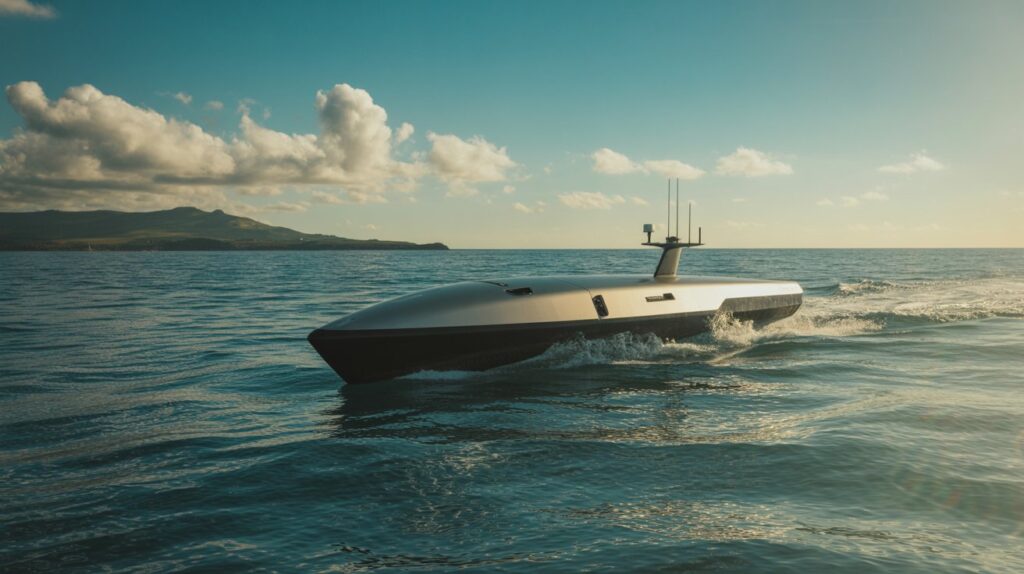The global unmanned surface vehicles (USVs) market is poised for significant expansion, with its size projected to grow from USD 0.82 billion in 2025 to USD 1.59 billion by 2030, at a compelling CAGR of 14.1%. This growth is driven by increasing global demand for autonomous maritime solutions across defense, environmental monitoring, and offshore energy sectors.

Key growth drivers include the urgent need for water quality assessment, oceanographic mapping, and coastal surveillance. Nations are reinforcing maritime security capabilities in response to evolving threats, while the oil & gas industry is ramping up offshore operations, leveraging USVs for safer, more efficient inspections and monitoring tasks.
Download PDF Brochure @
https://www.marketsandmarkets.com/pdfdownloadNew.asp?id=220162588
Key Market Insights:
- Hull Type Trends:
The single-hull USV segment is emerging as the fastest-growing due to its superior hydrodynamic design, which reduces drag and boosts speed—critical for real-time data collection, rapid-response missions, and long-range surveillance. Its lightweight build also enhances fuel efficiency, making it ideal for extended operations. - System Insights:
Payload systems dominate the market by value. These systems determine mission capability, allowing USVs to carry interchangeable tools like sonar, environmental sensors, and communication modules. This flexibility offers cost-effective upgrades and multi-mission utility, aligning with both commercial and military needs. - Regional Outlook – North America Leads:
North America commands the largest share of the USVs market, underpinned by robust defense budgets, long-standing military research partnerships, and a thriving commercial offshore sector. US and Canadian defense agencies rely heavily on USVs for missions ranging from reconnaissance to anti-submarine warfare.In parallel, collaborations between USV manufacturers and research institutions are yielding long-term contracts for tasks like hydrographic surveying, scientific research, and environmental monitoring. The oil & gas sector in the region is also investing in USVs to manage remote offshore operations with greater accuracy and safety. - Innovation and Investment:
Continuous R&D investments are advancing capabilities in autonomy, endurance, and payload integration. Government and private funding is supporting next-gen platforms, including medium-sized USVs equipped with enhanced AI, sensor suites, and modular payloads.
Ask for Sample Report @
https://www.marketsandmarkets.com/requestsampleNew.asp?id=220162588
Key Players:
Leading companies in the USVs space include:
L3Harris Technologies, Teledyne Technologies, Textron, Exail Technologies, Elbit Systems, MARTAC, Thales, LIG Nex1, ATLAS ELEKTRONIK, Saildrone, Seafloor Systems, BAE Systems, KONGSBERG, Israel Aerospace Industries, BEL, and SEA-KIT International. These firms are globally positioned and rely on diverse product portfolios and strong R&D ecosystems to expand market share.